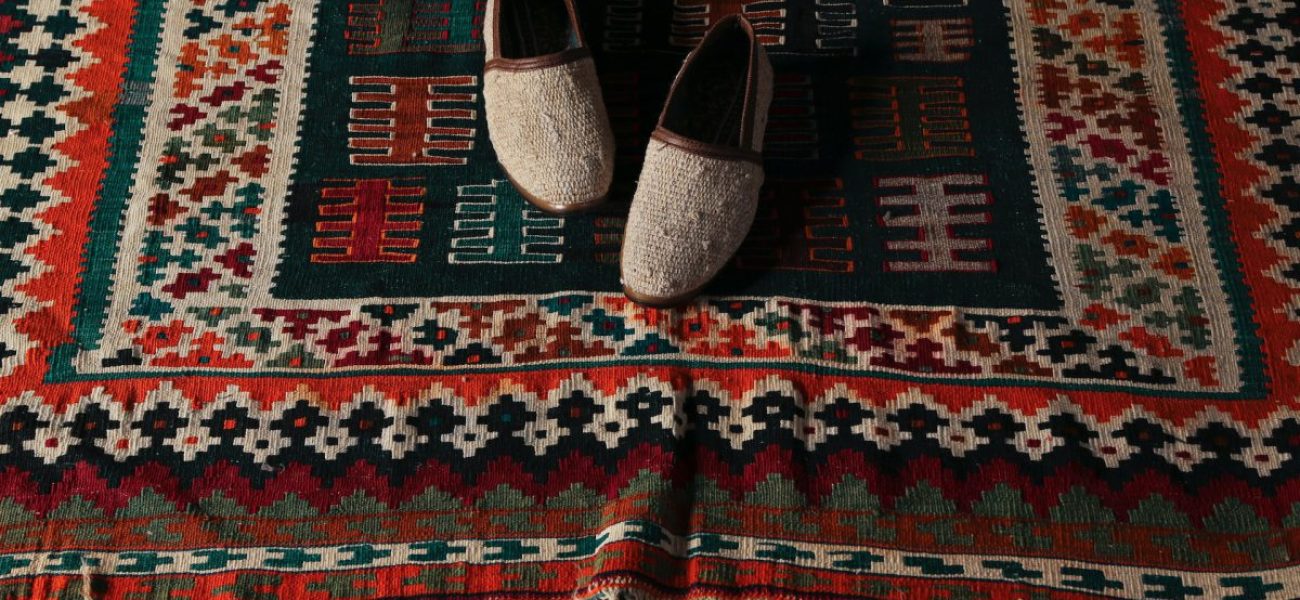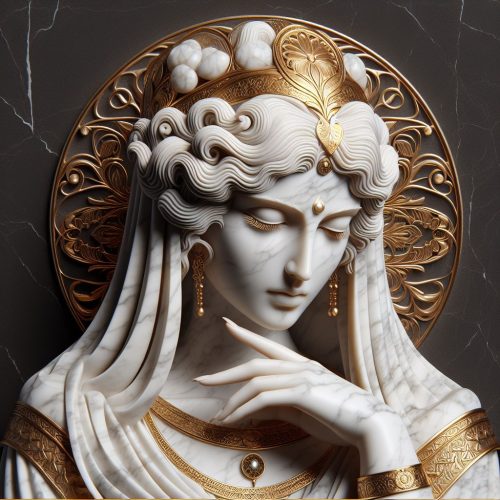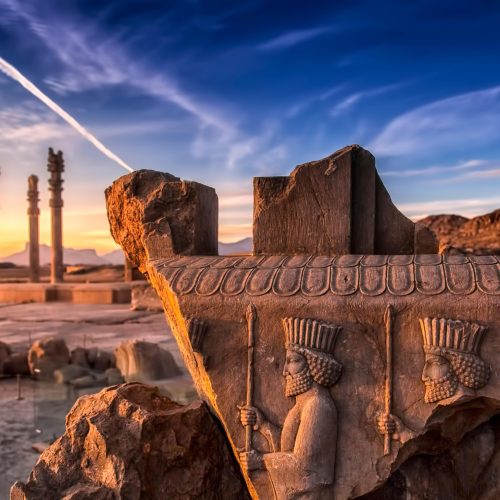Iran, a land of ancient civilizations and rich cultural heritage, boasts a vibrant tapestry of art and craftsmanship that has been meticulously passed down through generations. As a traveler venturing into this storied land, you will encounter a dazzling array of handicrafts, each telling a unique story of its origins and the artisans who bring them to life. In this journey through Iranian handicrafts, we will explore basketry and wickerwork, carpets and rugs, textiles, metalwork, woodwork, pottery and ceramics, stone, masonry, and mosaic, as well as painting, drawing, and motifs. We will also guide you to the best places in Iran to find these exquisite treasures.
Basketry and Wickerwork: Weaving Stories with Reeds
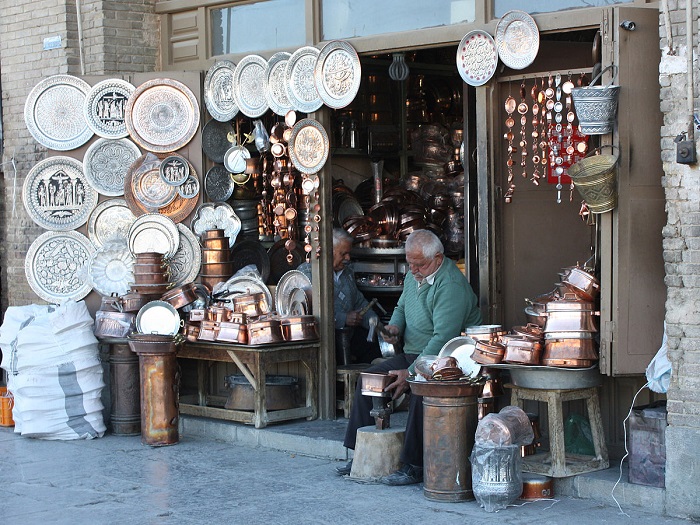
As you stroll through the bustling bazaars of Iran, your senses will be immediately captivated by the sight of intricately woven baskets and wickerwork. This ancient craft, practiced for millennia, utilizes reeds, rushes, and other natural fibers to create functional and decorative items. Each piece is a testament to the skill and creativity of the artisans, who deftly weave together strands to form stunning patterns and sturdy structures.
The province of Sistan and Baluchestan, located in southeastern Iran, is renowned for its basketry. Here, you can witness artisans skillfully crafting baskets, mats, and other items using palm leaves and wild date leaves. The distinctive patterns and vibrant colors of Baluchi basketry are a feast for the eyes, reflecting the rich cultural heritage of the region.
In the lush northern provinces of Gilan and Mazandaran, you will find another hub of basketry. The humid climate and abundant vegetation provide the perfect conditions for the growth of reeds and rushes. Artisans here create beautiful and durable items such as mats, baskets, and even furniture. The meticulous attention to detail and the use of natural dyes give these pieces a unique charm.
Carpets and Rugs: Walking on Art
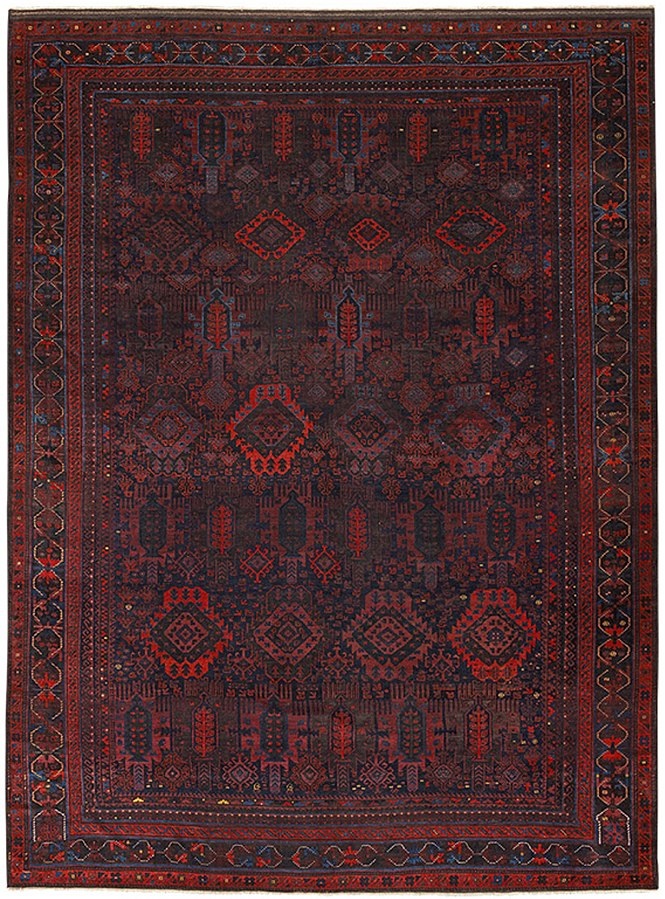
Iranian carpets and rugs are perhaps the most iconic and internationally recognized of all Iranian handicrafts. These masterpieces, often described as “walking on art,” are not just floor coverings but also symbols of Iran’s rich cultural heritage and artistic prowess.
The city of Kashan, located in the heart of Iran, is famous for its silk and wool carpets. Kashan carpets are known for their intricate floral designs and vibrant colors, often featuring central medallions and elaborate borders. The craftsmanship involved in weaving a Kashan carpet is nothing short of extraordinary, with weavers spending months, sometimes years, to complete a single piece.
In the northwest, the city of Tabriz is another major center for carpet weaving. Tabriz carpets are renowned for their diverse designs, ranging from geometric patterns to detailed pictorial scenes. The use of high-quality wool and silk, combined with the expertise of local weavers, results in carpets that are both visually stunning and incredibly durable.
Venturing into the eastern regions, you will find the city of Mashhad, known for its lush, plush carpets. Mashhad carpets often feature intricate floral motifs and are made using high-quality wool. The deep, rich colors and dense weaving make these carpets a true luxury.
Textiles: Threads of Tradition
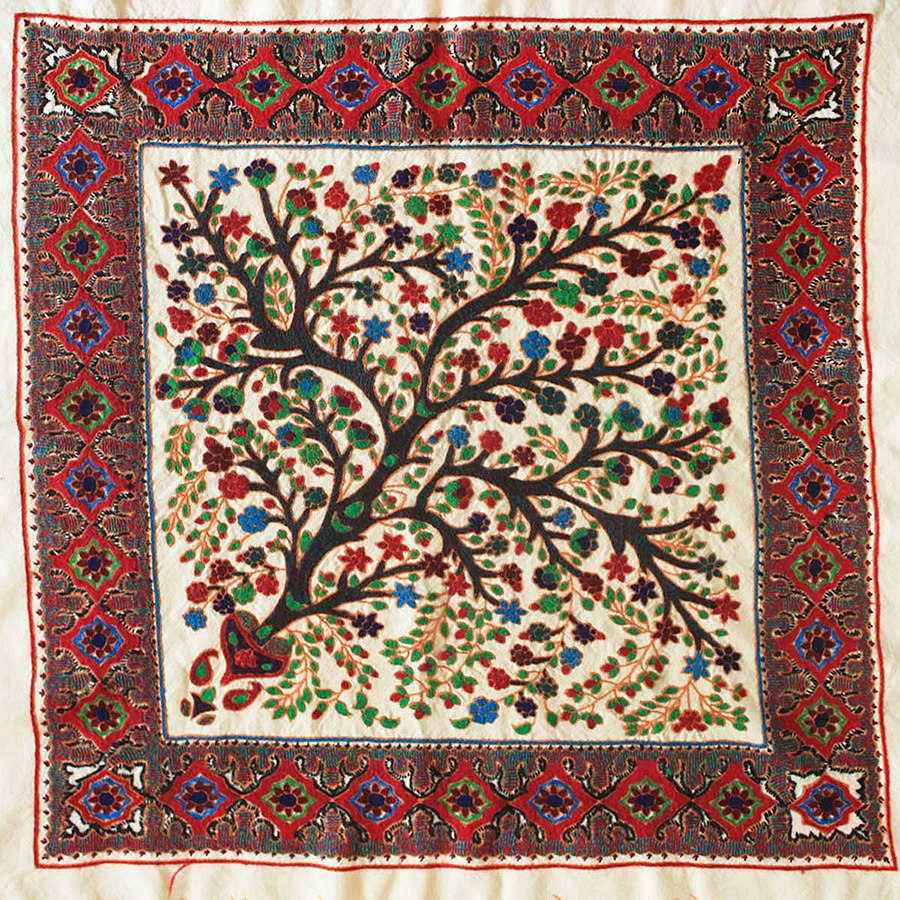
Iranian textiles encompass a wide range of fabrics, each with its own unique characteristics and methods of production. From delicate silks to sturdy cottons, these textiles are used to create everything from clothing to home decor items.
In the town of Yazd, you will find the traditional art of “Termeh” weaving. Termeh is a luxurious handwoven fabric made from silk and wool, often featuring intricate paisley designs and vibrant colors. The process of weaving Termeh is highly labor-intensive, requiring great skill and precision. This exquisite fabric is often used to make clothing, tablecloths, and decorative items.
The city of Isfahan, known for its rich cultural heritage, is also a hub for textile production. Here, you can find “Ghalamkar” fabric, which is hand-printed using wooden blocks. The intricate patterns and natural dyes used in Ghalamkar textiles make them a popular choice for clothing, tablecloths, and bedspreads.
In the northern provinces, you will find the tradition of “Chadorshab” weaving. Chadorshab is a type of handwoven cotton fabric used to make traditional Iranian garments. The fabric is known for its durability and breathability, making it ideal for the warm climate of the region.
Metalwork: Forging Beauty
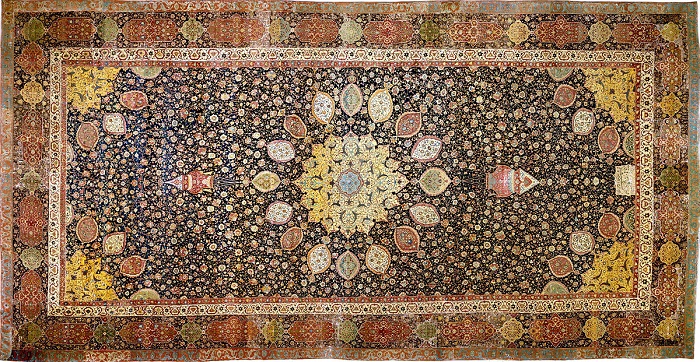
Iranian metalwork is a testament to the country’s rich history and the skill of its artisans. From intricate jewelry to ornate home decor items, Iranian metalwork is characterized by its detailed craftsmanship and artistic designs.
The city of Isfahan is renowned for its metalwork, particularly its “Ghalamzani” or metal engraving. Artisans in Isfahan use traditional tools to engrave intricate patterns and designs onto metal objects, such as trays, vases, and jewelry boxes. The meticulous attention to detail and the use of traditional motifs make Ghalamzani a true art form.
In the southwestern city of Shiraz, you will find another center for metalwork. Shiraz is known for its “Monabbat” or metal inlay work, where artisans inlay gold, silver, or copper into metal surfaces to create intricate designs. This technique is often used to decorate items such as jewelry, weapons, and home decor pieces.
The city of Tabriz is also famous for its metalwork, particularly its copper and brass items. Artisans in Tabriz create beautiful and functional items such as trays, bowls, and pitchers, often adorned with intricate patterns and designs. The use of high-quality metals and traditional techniques ensures that these pieces are both durable and visually stunning.
Woodwork: Carving Elegance
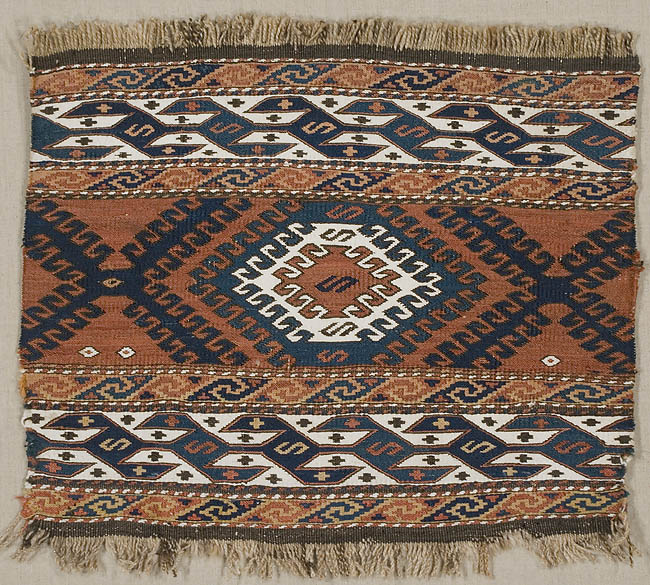
Iranian woodwork is characterized by its intricate carvings and detailed designs. From furniture to decorative items, Iranian woodwork reflects the country’s rich artistic heritage and the skill of its artisans.
The city of Isfahan is renowned for its woodwork, particularly its “Moaragh” or marquetry. Artisans in Isfahan create intricate designs by inlaying pieces of wood, bone, and metal into wooden surfaces. This technique is often used to decorate items such as boxes, trays, and furniture, resulting in stunning pieces that are both functional and decorative.
In the northern city of Rasht, you will find another hub for woodwork. Rasht is known for its “Lacquer” or painted wood items, where artisans paint intricate designs onto wooden surfaces using natural dyes and pigments. This technique is often used to decorate items such as trays, boxes, and furniture, resulting in vibrant and visually striking pieces.
The city of Shiraz is also famous for its woodwork, particularly its “Khatam” or inlay work. Artisans in Shiraz create intricate designs by inlaying pieces of wood, bone, and metal into wooden surfaces. This technique is often used to decorate items such as boxes, trays, and furniture, resulting in stunning pieces that are both functional and decorative.
Pottery and Ceramics: Shaping History
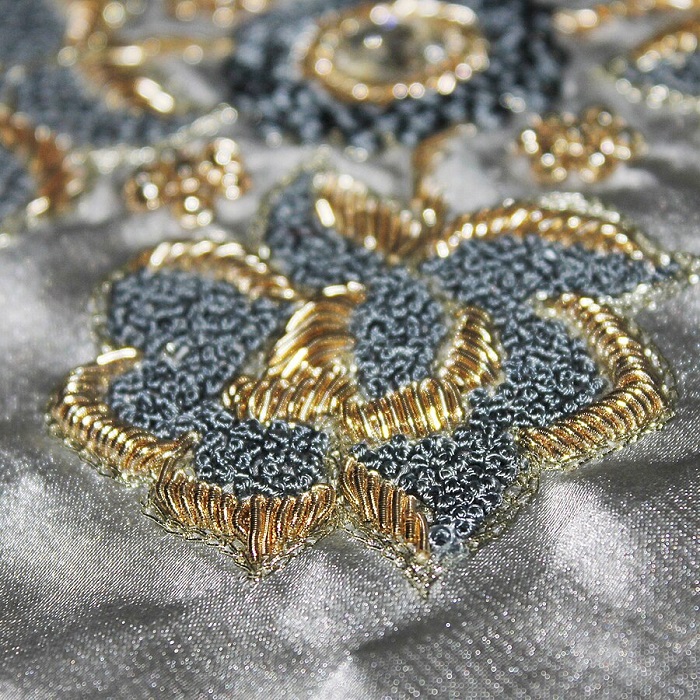
Iranian pottery and ceramics are among the oldest and most revered art forms in the country. From ancient times to the present day, Iranian pottery and ceramics have been characterized by their intricate designs, vibrant colors, and high-quality craftsmanship.
The city of Kashan is renowned for its pottery and ceramics, particularly its “Lusterware” or metallic-glazed pottery. Artisans in Kashan create stunning pieces by applying metallic glazes to pottery, resulting in a shimmering, iridescent finish. This technique is often used to decorate items such as bowls, plates, and tiles, resulting in visually striking pieces that are both functional and decorative.
In the city of Isfahan, you will find another hub for pottery and ceramics. Isfahan is known for its “Minakari” or enamel work, where artisans apply intricate designs and patterns to pottery using colored enamels. This technique is often used to decorate items such as vases, bowls, and plates, resulting in vibrant and visually stunning pieces.
The city of Tabriz is also famous for its pottery and ceramics, particularly its “Sgraffito” or scratched pottery. Artisans in Tabriz create intricate designs by scratching patterns into the surface of pottery before glazing and firing. This technique is often used to decorate items such as bowls, plates, and tiles, resulting in visually striking pieces that are both functional and decorative.
Stone, Masonry, and Mosaic: Crafting Timeless Beauty
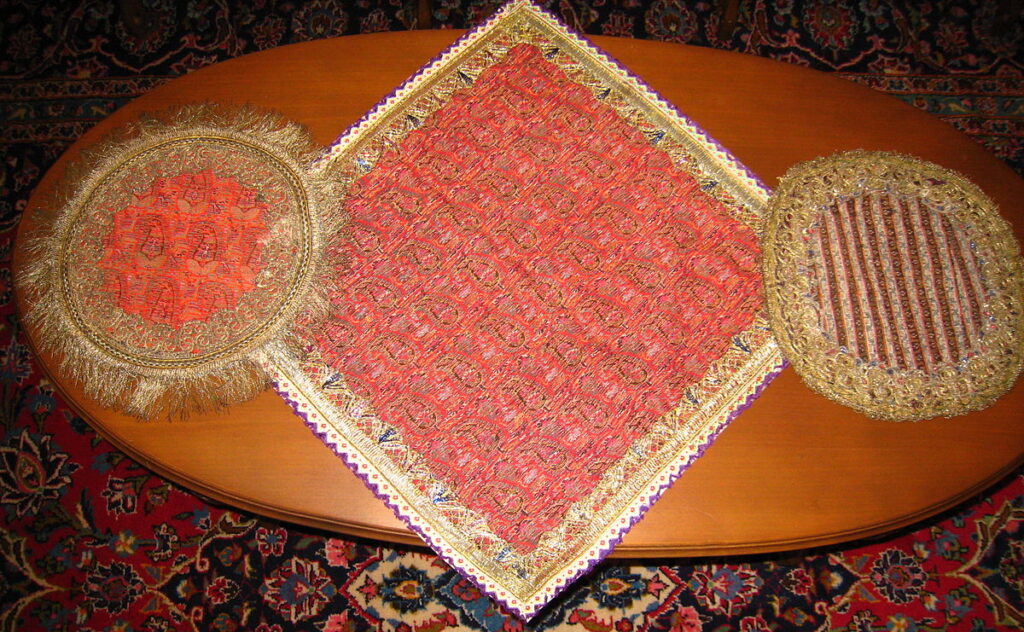
Iranian stone, masonry, and mosaic work are characterized by their intricate designs and high-quality craftsmanship. From ancient monuments to modern buildings, Iranian stone, masonry, and mosaic work reflect the country’s rich architectural heritage and the skill of its artisans.
The city of Isfahan is renowned for its stone and masonry work, particularly its “Moqarnas” or stalactite-like decorations. Artisans in Isfahan create intricate designs by carving patterns into stone surfaces, resulting in stunning pieces that are both functional and decorative. This technique is often used to decorate buildings, monuments, and home decor items, resulting in visually striking pieces that are both functional and decorative.
In the city of Shiraz, you will find another hub for stone and masonry work. Shiraz is known for its “Tilework” or mosaic work, where artisans create intricate designs by assembling pieces of colored tiles into patterns. This technique is often used to decorate buildings, monuments, and home decor items, resulting in vibrant and visually stunning pieces.
The city of Tabriz is also famous for its stone and masonry work, particularly its “Carving” or relief work. Artisans in Tabriz create intricate designs by carving patterns into stone surfaces, resulting in stunning pieces that are both functional and decorative. This technique is often used to decorate buildings, monuments, and home decor items, resulting in visually striking pieces that are both functional and decorative.
Painting, Drawing, and Motifs: Capturing Imagination
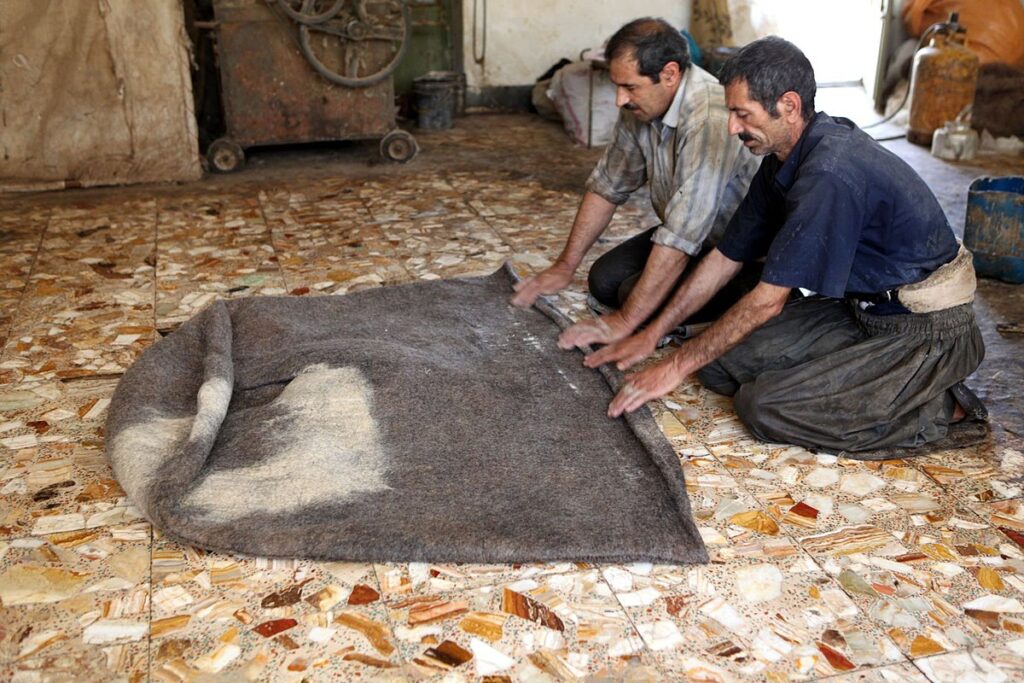
Iranian painting, drawing, and motifs are characterized by their intricate designs and high-quality craftsmanship. From ancient manuscripts to modern artworks, Iranian painting, drawing, and motifs reflect the country’s rich artistic heritage and the skill of its artisans.
The city of Isfahan is renowned for its painting and drawing, particularly its “Miniature” or small-scale paintings. Artisans in Isfahan create intricate designs by painting detailed scenes onto small surfaces, resulting in stunning pieces that are both functional and decorative. This technique is often used to decorate items such as books, boxes, and home decor items, resulting in visually striking pieces that are both functional and decorative.
In the city of Shiraz, you will find another hub for painting and drawing. Shiraz is known for its “Tazhib” or illuminated manuscripts, where artisans create intricate designs by painting patterns and motifs onto the pages of books. This technique is often used to decorate items such as books, manuscripts, and home decor items, resulting in vibrant and visually stunning pieces.
The city of Tabriz is also famous for its painting and drawing, particularly its “Calligraphy” or decorative writing. Artisans in Tabriz create intricate designs by writing patterns and motifs onto paper and other surfaces, resulting in stunning pieces that are both functional and decorative. This technique is often used to decorate items such as books, manuscripts, and home decor items, resulting in visually striking pieces that are both functional and decorative.
Places in Iran to Find Handicrafts
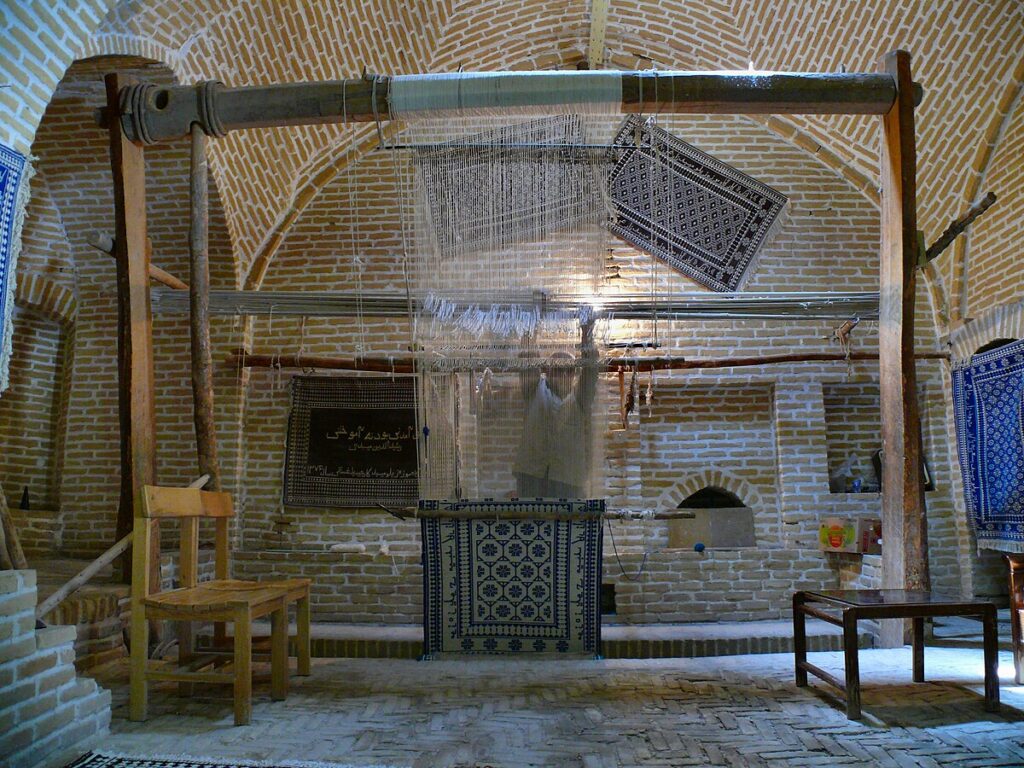
Iran’s rich history and diverse geography have given rise to a wide variety of handicrafts, each unique to its region. Here’s a more detailed guide to the best places in Iran to discover these treasures:
Tehran: The bustling capital city, Tehran, is a melting pot of cultures and traditions, offering an array of handicrafts from all over the country. The Grand Bazaar is a labyrinth of shops where you can find everything from intricate Persian carpets and delicate pottery to ornate jewelry and finely crafted textiles. Another must-visit is the Tajrish Bazaar in the northern part of the city, known for its vibrant atmosphere and variety of goods, including traditional spices and souvenirs.
Isfahan: Often referred to as “Nesf-e Jahan” (Half of the World), Isfahan is a city where history and art merge seamlessly. The Isfahan Bazaar, located near the majestic Naqsh-e Jahan Square, is a treasure trove of handicrafts. Here, you can find the famous Isfahan carpets, known for their intricate designs and vibrant colors. Don’t miss the chance to visit Khatam Kari workshops where artisans create stunning inlaid wood pieces, and the Ghalamzani shops where metalworkers engrave intricate patterns on copper and silver items. For a deeper dive into the local culture, explore the Jameh Mosque Bazaar, which is less touristy but filled with authentic crafts.
Shiraz: Known for its poetic ambiance and historic gardens, Shiraz is also a hub for exquisite handicrafts. The Vakil Bazaar is the heart of Shiraz’s handicraft scene, offering a wide array of items such as finely woven rugs, delicate enamel work (Minakari), and beautiful silver jewelry. The nearby Saraye Moshir is another historical bazaar that specializes in unique and traditional crafts, including Khatam (marquetry) and miniature paintings. Don’t forget to visit the artisans’ workshops in the old quarters of Shiraz to see the creation process up close.
Tabriz: This city in northwest Iran is a historical center of trade and craftsmanship. The Tabriz Historic Bazaar Complex, a UNESCO World Heritage site, is one of the oldest and largest covered bazaars in the world. It’s renowned for its Tabriz carpets, which are highly prized for their quality and design. The bazaar also offers beautiful ceramics, metalwork, and leather goods. Be sure to visit the carpet section where you can watch skilled weavers at work and learn about the intricate process of carpet making.
Kashan: Located in central Iran, Kashan is famous for its high-quality carpets and beautiful pottery. The Kashan Bazaar is the perfect place to find these traditional crafts. Here, you can also discover rose water and other fragrant products made from the local rose gardens, a specialty of the region. The Sultan Amir Ahmad Bathhouse area is another great spot to find local handicrafts, where you can shop while enjoying the historical ambiance of this beautifully preserved bathhouse.
Yazd: Situated in the desert, Yazd is known for its unique architecture and crafts. The Yazd Bazaar offers a range of traditional handicrafts such as Termeh (handwoven cloth) and ceramics. The city is also famous for its Qanat system (underground aqueducts), and you can find miniature replicas of these ancient structures in the form of handicrafts. The Amir Chakhmaq Complex is another must-visit location, where you can find shops selling Zilou (a type of traditional carpet) and Lacquer work.
Mashhad: This northeastern city is not only a religious center but also a major hub for Persian carpets. The Reza Bazaar is where you’ll find a wide variety of carpets, from finely woven prayer rugs to large, intricate pieces. Mashhad is also famous for its saffron, and many shops sell beautifully packaged saffron along with traditional handcrafted jewelry and ornate boxes. The city’s proximity to Turkmenistan also influences the handicrafts available, including Turkmen rugs and tribal jewelry.
Kerman: Known for its historical sites and unique landscapes, Kerman is also a great place to explore traditional crafts. The Kerman Bazaar is famous for its Pateh (hand-stitched cloth) and carpets, which are known for their vibrant colors and detailed patterns. The Ganjali Khan Complex within the bazaar is a fascinating place to explore, offering a mix of shops, a bathhouse, and a caravanserai, where you can find a variety of local handicrafts.
Qom: This city is famous for its religious significance and its unique handicrafts. The Qom Bazaar is known for its silk carpets, which are among the finest in the world. You can also find Turquoise inlay work, where pieces of turquoise stone are set into metal items, creating beautiful patterns. The Fatima Masumeh Shrine area is also worth visiting for its shops selling religious items and traditional crafts.
Experiencing the Craftsmanship
To truly appreciate the depth and beauty of Iranian handicrafts, visiting these bazaars and workshops is essential. Engage with the artisans, learn about their techniques, and perhaps even try your hand at creating something yourself. Many places offer workshops where you can learn traditional crafts such as carpet weaving, pottery, and metalwork.
Iranian handicrafts are not just souvenirs; they are pieces of art that carry the essence of a rich cultural heritage. Each item you purchase supports local artisans and helps preserve these ancient crafts for future generations. So, as you explore the vibrant bazaars and historic cities of Iran, take a piece of this incredible culture home with you, and let the beauty of Iranian handicrafts enrich your life.
A Journey of Discovery
Iranian handicrafts are a testament to the country’s rich cultural heritage and the skill of its artisans. From intricately woven carpets to beautifully painted pottery, each piece tells a unique story of its origins and the artisans who bring it to life. As you journey through Iran, you will encounter a dazzling array of handicrafts, each reflecting the vibrant colors and intricate designs of this storied land.
So pack your bags, embark on an adventure, and discover the exquisite handicrafts of Iran. Whether you’re strolling through the bustling bazaars of Tehran or exploring the historic streets of Isfahan, you will be captivated by the beauty and craftsmanship of Iranian handicrafts.

